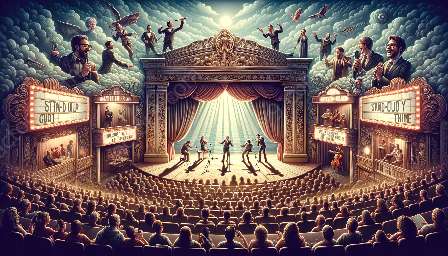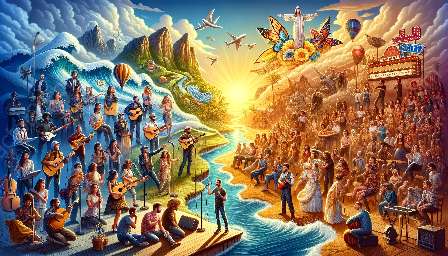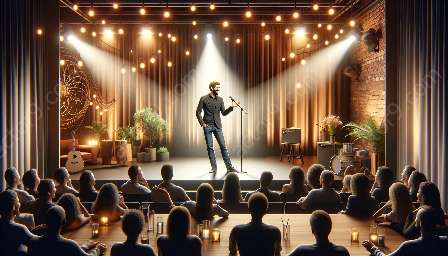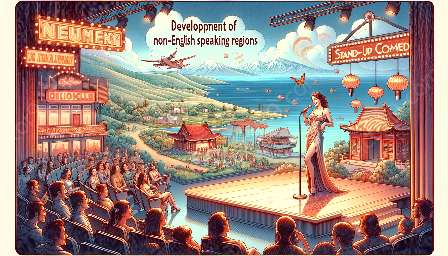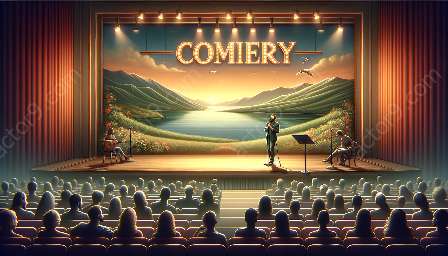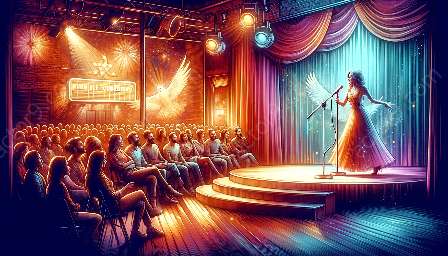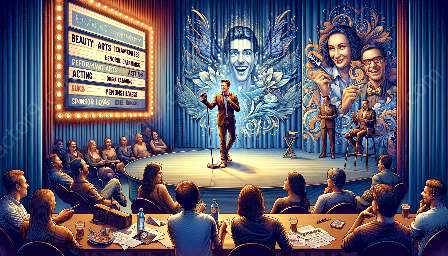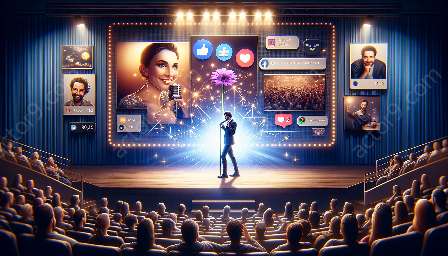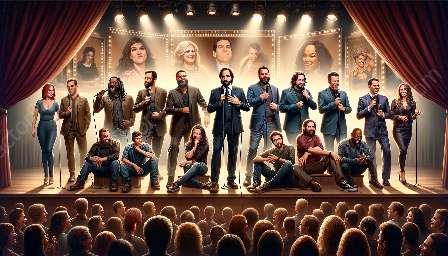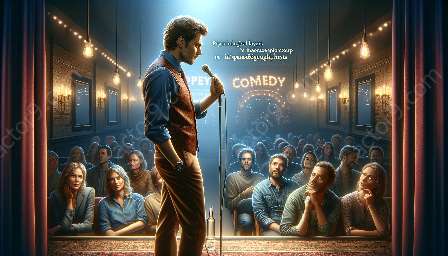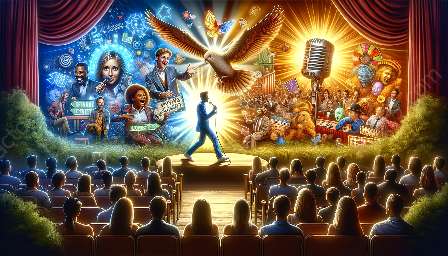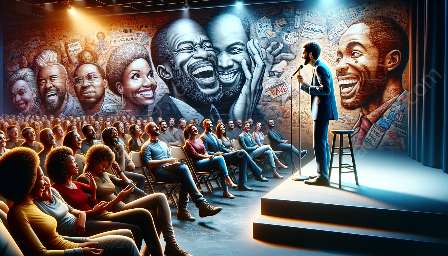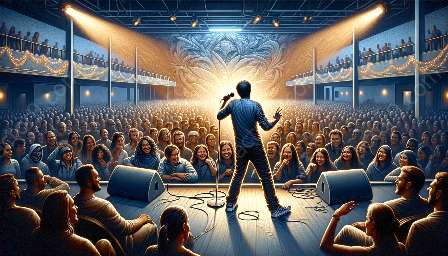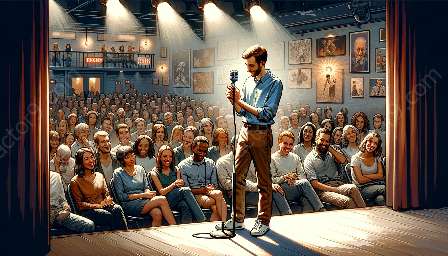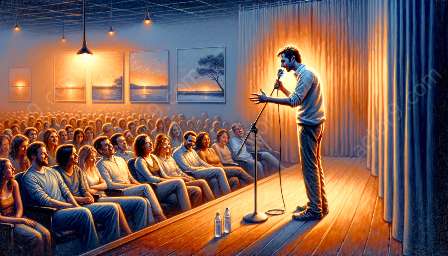Stand-up comedy has been shaped by a multitude of cultural and historical influences that have left an indelible mark on the art form. From its early origins to its role in film and television, stand-up comedy has evolved alongside societal changes and historical events.
The Origins of Stand-Up Comedy
Stand-up comedy has its roots in vaudeville and minstrel shows, where performers would entertain audiences with humorous monologues and jokes. These early forms of entertainment were heavily influenced by the cultural norms and societal attitudes of the time.
Furthermore, the comedic styles of iconic figures such as Lenny Bruce, George Carlin, and Richard Pryor were heavily influenced by the social and political climate of their respective eras. Lenny Bruce, for example, pushed boundaries with his subversive humor and became a symbol of countercultural movements in the 1950s and 1960s.
Cultural Impact on Stand-Up Comedy
The cultural landscape has significantly impacted the themes and content of stand-up comedy. Issues such as race, gender, and sexuality have been subject to exploration and satire within the stand-up medium. Comedians like Dave Chappelle and Margaret Cho have used their platforms to address social and cultural challenges, providing commentary on pressing contemporary issues.
As society has become more diverse and inclusive, stand-up comedy has reflected these changes, with a broader range of voices and perspectives gaining prominence. This evolution has reshaped the comedic landscape and broadened the appeal of stand-up comedy across different cultural groups.
Historical Evolution in Film and Television
Stand-up comedy's relationship with film and television has also been influenced by cultural and historical developments. The emergence of television as a mass medium provided comedians with a new platform to reach broader audiences. Pioneering figures like Lucille Ball and Carol Burnett paved the way for stand-up comedians to transition to television, influencing the portrayal of comedy in visual media.
Moreover, the rise of streaming services and digital platforms has provided opportunities for stand-up comedians to showcase their talents to global audiences. This shift has given rise to a new generation of comedians who blend traditional stand-up with digital content, reflecting contemporary cultural norms and technological advances.
Popular Culture and Stand-Up Comedy
Stand-up comedy has become an integral part of popular culture, influencing the entertainment industry across various mediums. Comedians like Eddie Murphy and Joan Rivers have not only entertained audiences but have also impacted fashion, language, and social commentary through their comedic personas.
Furthermore, the cultural phenomenon of comedy specials and stand-up tours has contributed to the mainstreaming of stand-up comedy, making it a widely accessible form of entertainment. This has led to an increased appreciation for the cultural significance of stand-up comedy and its historical role in shaping popular culture.
Conclusion
In conclusion, stand-up comedy has been significantly influenced by cultural and historical factors, shaping its content, styles, and impact on popular culture. By exploring the origins and evolution of stand-up comedy in the context of societal changes and historical events, we gain a deeper understanding of its cultural relevance and enduring appeal.


